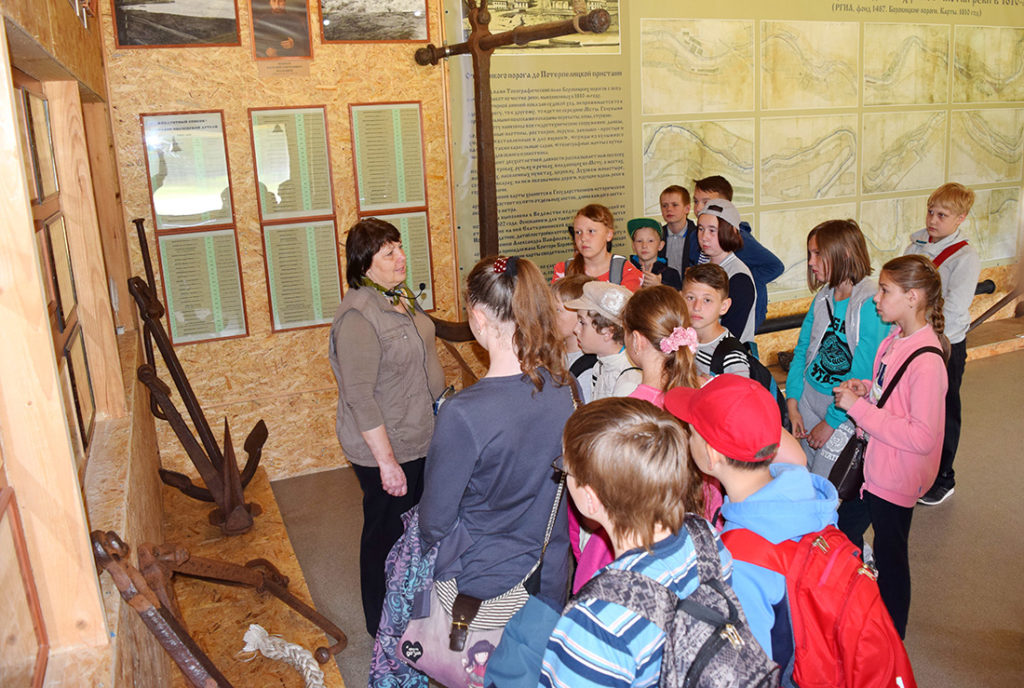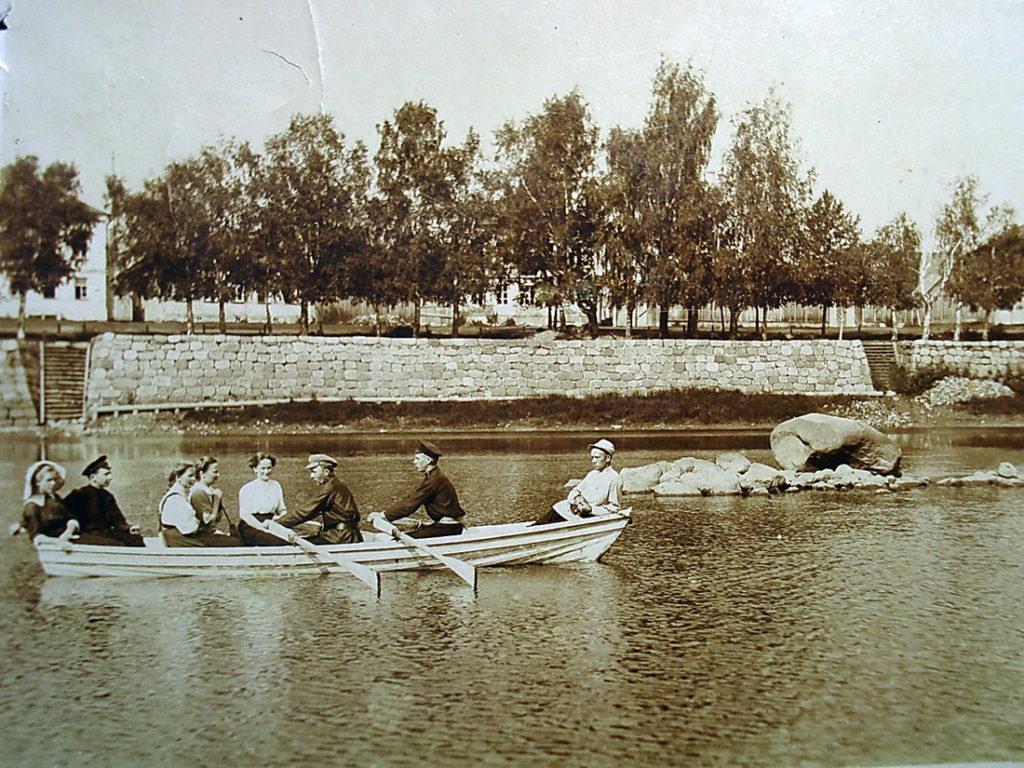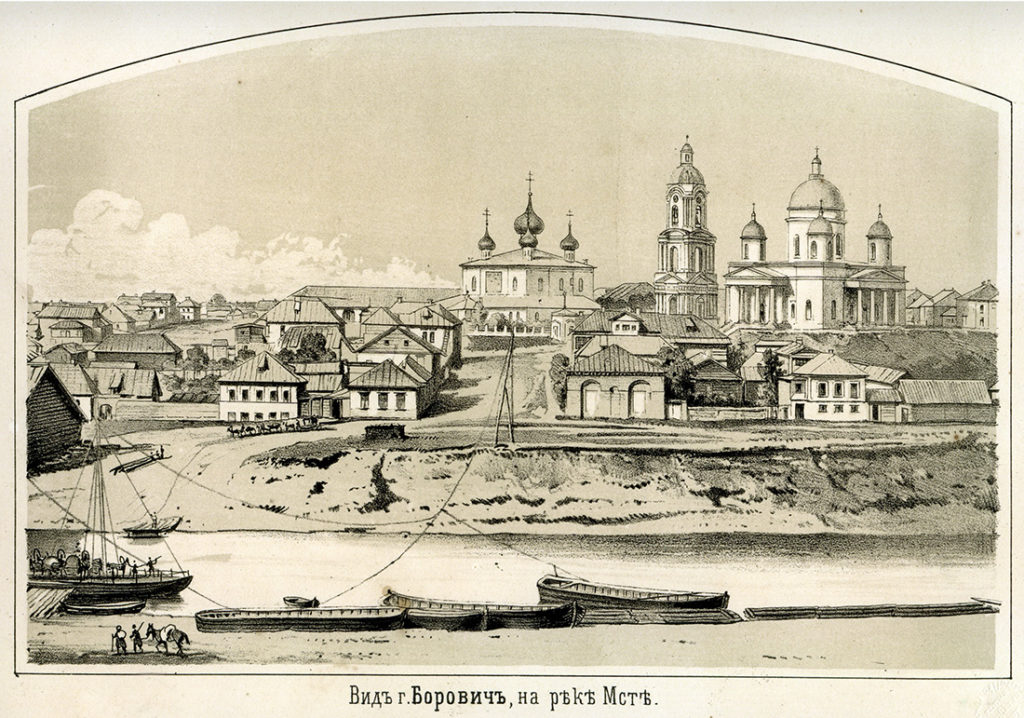Borovichi Rapids Museum
Novgorod region
Contact information
Borovichi district, Rovnoe (“At the threshold of Beli”), HNPP Zhelezkovskoe
Tel.: +7 (921) 192-43-63, +7 (921) 201-29-38
Operating hours
Daily from 10:00 to 17:00
Excursions – by appointment
Ticket price
From 50 rubles
Visit with a 30-minute tour:
Adults – 150 rubles
Students and schoolchildren – 100 rubles
Price of an extended tour – by agreement
The founder of the museum
Vladimir Alexandrovich Nikolayev
Founder of the museum
Valery Yakovlevich Artemyev
Director of the museum
Lyubov Vasilievna Nikolaeva
Founded
2015
The Borovichi Rapids Museum, according to the idea of the creators, was supposed to provide an educational component of the water route along the Borovichi rapids (rafting) from the Opechenskiy pier to the “At the threshold of Beli” camping area. The exposition has been collected for about 20 years; the artifacts were found in the water, on the bank of the Mstas river, purchased, or received as gifts from local residents. The creators of the museum, who love their region and know its history, wanted tourists and local residents to see the beautiful Msta river like the sovereign’s road, which lived in unison with all of Russia; it is like the river of time, which is associated with a lot of action-packed events and interesting fates…
The museum reflects the rich history of Opechenskaya pier and navigation on the “Harmful Borovichi rapids” in the 18th – 19th centuries, when the Msta river was part of the Vyshnevolotsk water system that connected the Urals and Volga with the new capital of that time – Saint Petersburg.
The museum has a large collection of documents and objects: the maps of Borovichi rapids dating from 1765, 1781, and 1810, letters from the Opechenskiy pier to the Senate. Also in the museum are the edicts of Peter the first and Catherine the second – the creation of local pilot team, the punishment of the pilots, who were blame for the crash of boats with cargos, drawings of sailors, cuttings on a log, the lists of Opechenskiy pier chiefs, the names of the Borovichi pilots of different years, photos, their destinies…
Here you can see the remains of hydraulic structures – the grillages, stone walls, metal fasteners, anchors from Peter’s and Catherine’s time, coins found in the river, etc. You can learn more about how the Vyshnevolotsk dam worked, signal masts, and many other interesting things.





